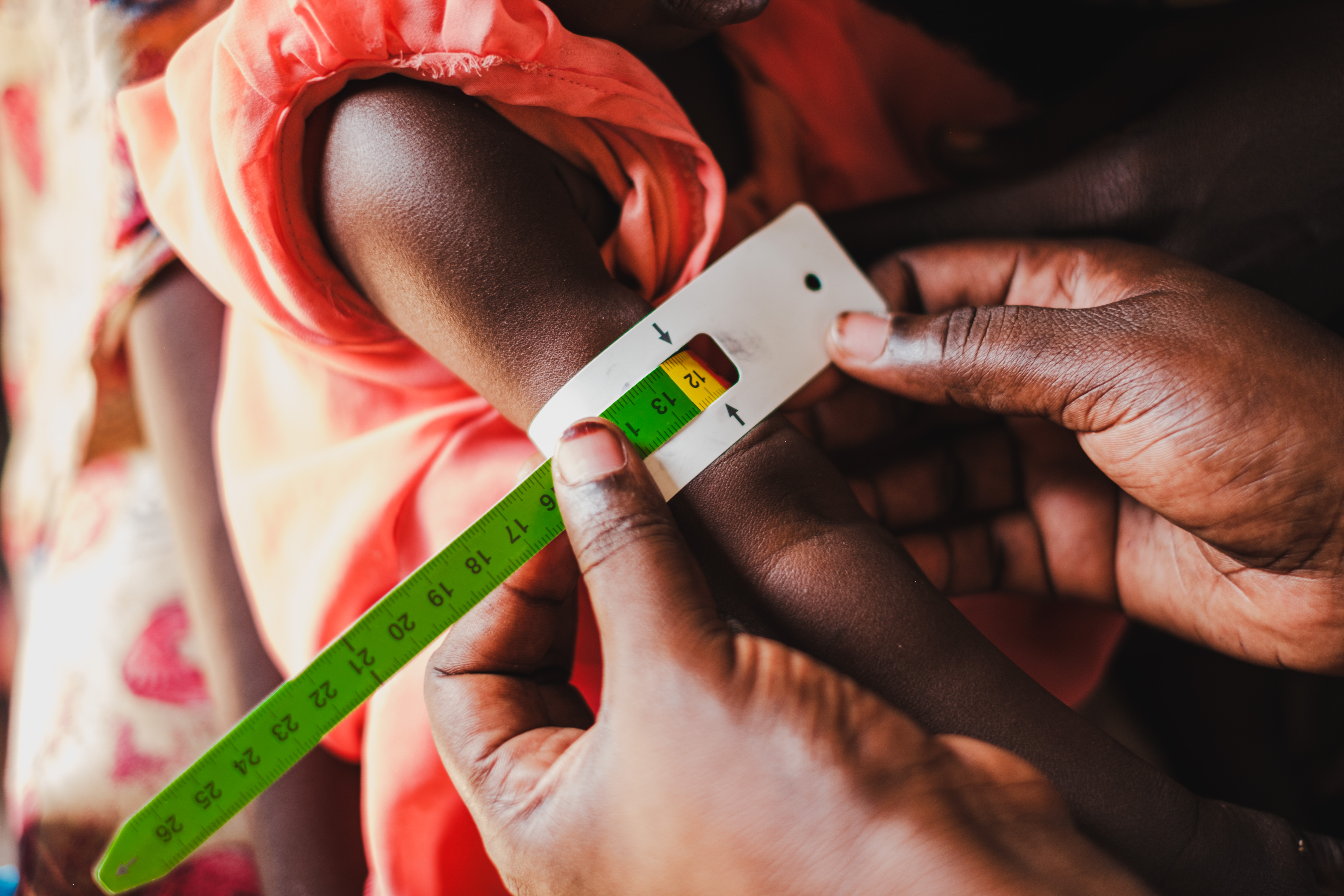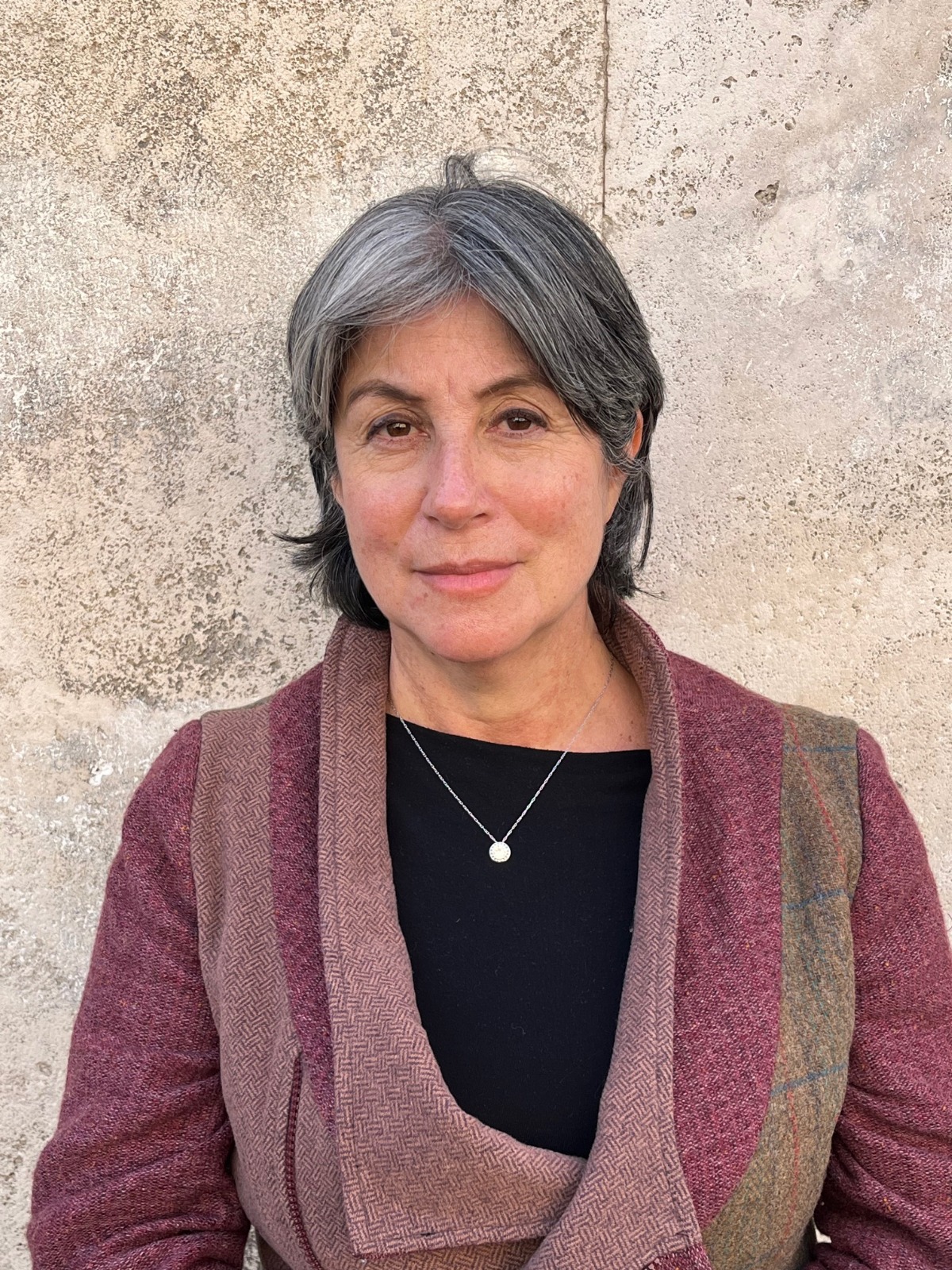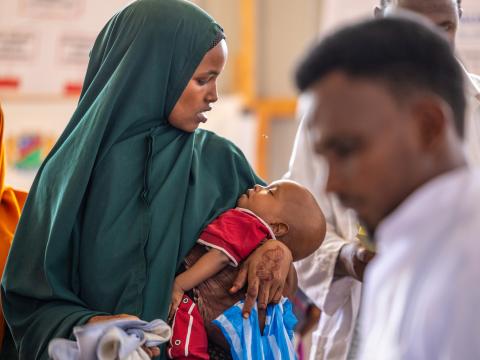
From Hunger to Hope: Turning Climate Actions into Food Security for a Thriving Future
For Andrea Galante, COP30 marks a defining moment a call for governments to rethink their strategy, put the most vulnerable at the centre of climate action, and channel finance where it truly matters: into food systems. After all, a warming planet cannot thrive on empty stomachs.
10 November 2025.
At COP30 in Belém, amid the humid pulse of the Amazon, one truth cuts through the noise of pledges and promises: we cannot solve the climate crisis without confronting hunger. The connection is no longer theoretical. It’s visceral, visible, and, for millions of children, devastatingly personal.
The Belém Declaration on Hunger, Poverty and Human-Centred Climate Action crystallises this reality. Endorsed by 43 nations and the European Union, it demands that climate finance flow not into abstract mechanisms but into the hands of smallholder farmers, traditional communities, and forest peoples, those living on the frontlines of both hunger and heat. It calls for a radical rebalancing of priorities; one where human dignity stands at the heart of climate ambition.

Where climate ambition meets human reality
Arguably, the Declaration arrives at a breaking point. Climate shocks are intensifying, and hunger now grips 673 million people worldwide. The numbers alone are staggering, but behind them are families whose crops have failed, whose children go to school hungry, and whose futures have shrunk to survival.
Building on the Paris Agreement and the 2030 Agenda, the Declaration calls for aligning social, economic, and environmental goals and scaling up equitable climate finance. It urges all Parties to deliver on new financing commitments that safeguard food security, strengthen small-scale producer resilience, and invest in inclusive, sustainable livelihoods.
It signals a long-overdue awakening: climate finance must do more than cut emissions, it must feed resilience and human dignity
The missing children in the climate conversation
For children, climate change is not a projection on a graph. It’s a missing meal, a failed harvest, a flooded classroom. Every drought deepens deprivation; every cyclone shatter stability. Yet, children remain largely invisible in the very plans meant to protect them.
Findings from the Hungry Futures Index (2025) expose a troubling truth, that even as climate ambition grows, children remain unseen in most national strategies. Analysing the Nationally Determined Contributions (NDCs) and National Adaptation Plans (NAPs) of 83 countries and the European Union, the Index found that while most mention hunger, only 18% refer to child hunger, and just 11% address child malnutrition.
This gap reflects a dangerous assumption that food security for adults automatically ensures food security for children. It does not. True climate justice demands recognising and addressing children’s unique vulnerabilities.
The Belém Declaration, adopted at COP30, echoes this urgency. By calling for human-centred climate action focused on the most vulnerable, it provides a path to close the gap the Index reveals ensuring that no group, especially children, is left behind in the fight against hunger and climate change.
Food systems: where the crises collide
Food systems sit at the centre of the climate–hunger nexus. They sustain not only lives but livelihoods , yet remain chronically underfunded in climate finance, despite being both a driver of emissions and a source of solutions.
Investing in climate-resilient food systems means empowering small-scale producers, fishers, and rural workers as agents of resilience. It means securing children’s nutrition, protecting natural resources, and creating fair, sustainable livelihoods that allow communities to adapt with dignity and build stability from the ground up.
From Belém to a fairer future
The Belém Declaration, the Hungry Futures Index, and the Climate Crisis Is a Hunger Crisis brief converge on one powerful truth: unlocking climate funds for hunger is among the most effective pathways to a just and sustainable future.
To a certain extent, the world stands at a crossroads between rhetoric and resolve, between systems designed for markets and systems designed for people. The choice before governments, donors, and multilateral institutions could not be clearer.
When climate action feeds children, it feeds hope
Redirect climate finance toward food systems that nourish both people and planet. Prioritise the hungry, empower the vulnerable, and make climate ambition human again.
Now is the moment to act.
Andrea Galante is Senior Advisor for Coalitions and Emerging Global Partnerships at World Vision International, focusing on policies and programmes that address the underlying causes of hunger and malnutrition. With over 30 years of experience, she worked for more than 15 years with UN agencies and supported South–South cooperation in over 30 countries across Latin America, Asia, and Africa to strengthen food systems for healthy diets. Formerly President of the Brazilian Nutrition Association, she helped elevate civil society’s influence on Brazil’s food and nutrition policies. She holds a Master’s and PhD in Nutrition



